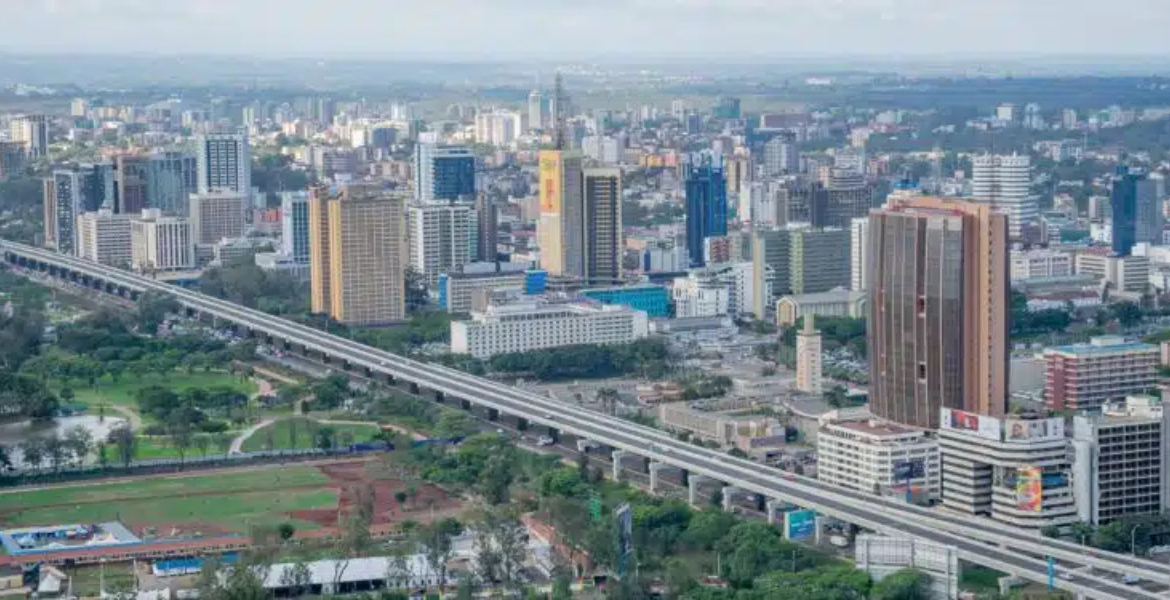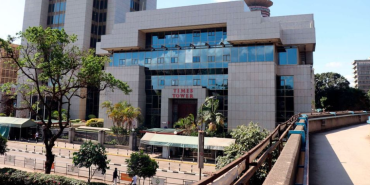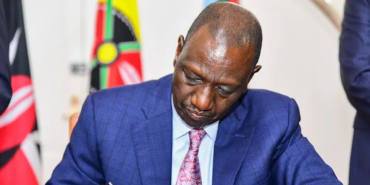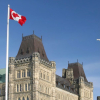High Toll Fees on Nairobi-Mombasa Expressway Could Match Flight Costs

The long-awaited Nairobi-Mombasa Expressway, a project poised to drastically reduce travel time between Kenya's capital and its coastal hub, is nearing commencement, but questions regarding its affordability for average Kenyans are escalating as projected toll fees become clearer.
The expressway, slated to cut travel time from eight hours to approximately 4.5, is expected to begin construction in 2026, contingent on final approval from the Treasury's Directorate of Public Private Partnerships expected within the next two months. The Usahihi Expressway Limited, the project's developer backed by US-based Everstrong Capital, is operating under a public-private partnership (PPP) model. The model is designed to ensure the project is funded and delivered efficiently without placing undue pressure on the national budget. However, the financial burden on individual motorists raises concerns.
The proposed toll structure estimates fees between Ksh12 and Ksh13 per kilometer. With the expressway stretching 459 kilometers, a one-way trip could cost approximately Ksh5,280 in tolls alone. This figure excludes fuel costs, which significantly augment the total travel expense. The latest fuel pricing data from the Energy & Petroleum Regulatory Authority (EPRA) puts super petrol at Ksh174.63 per liter and diesel at Ksh164.86 per liter. A standard vehicle is estimated to consume 29–33 liters of fuel for the 459-kilometer journey, translating to fuel costs between Ksh5,100 and Ksh6,000 for petrol-powered vehicles.
Diesel vehicles would incur slightly lower fuel expenses. However, larger vehicles like SUVs, vans, and minibuses, known for higher fuel consumption, could push the total fuel cost beyond Ksh13,000 for a round trip. Consequently, an average motorist in a small sedan could face a one-way travel cost between Ksh10,400 and Ksh11,000, including both tolls and fuel. This substantial financial commitment prompts a comparison with alternative modes of transportation, particularly air travel. Market observations indicate that one-way flights between Nairobi and Mombasa range from Ksh8,300 to Ksh19,000.
For many travelers, flying may prove comparable, or even cheaper, when considering time efficiency and the wear and tear on vehicles. The aviation alternative is particularly attractive considering the convenience and time savings associated with air travel, potentially offering a more appealing value proposition for certain demographics. Despite these affordability concerns for individual travelers, the Nairobi-Mombasa Expressway holds significant promise for businesses reliant on efficient road transport. Premium bus companies, logistics firms, and trucking services stand to benefit immensely from reduced transit times.
The expressway's strategic importance is amplified by the Mombasa port's role as a critical hub for East African trade. A faster and more efficient road network is expected to bolster economic activity across the region by facilitating the timely movement of goods. Freight operators, in particular, could see increased efficiency and profitability through quicker deliveries. Comparisons with Nairobi's existing tolled highway, the Nairobi Expressway, offer further context. Unlike the Nairobi-Mombasa Expressway, which proposes a per-kilometer charge, the Nairobi Expressway's fees are based on entry and exit points and vehicle classifications.
For instance, a standard saloon car traveling the 27-kilometer stretch from Mlolongo to Westlands pays Ksh500, equating to Ksh18.5 per kilometer. While the proposed Nairobi-Mombasa Expressway's uniform base charge is lower per kilometer than the Nairobi Expressway, larger vehicles on the Nairobi Expressway face higher charges based on axle count, making the costs notably higher for commercial and freight operators.
Usahihi Expressway Limited Chairman Kyle McCarter, former US ambassador to Kenya, has suggested that the Nairobi-Mombasa Expressway's toll rates could be adjusted downward based on construction expenses. He proposes optimizing the toll rate to lower the charge as much as possible by reducing construction and capital costs. He adds that any savings realized during the development process will be passed on to motorists through reduced charges, showcasing the developer's commitment to affordability.
A significant aspect of the project is land acquisition, with Usahihi Expressway Limited allocating approximately $100 million (Ksh12.9 billion) for land compensation. Unlike government-led infrastructure projects where land is typically provided by the state, the expressway developers must independently purchase the necessary land, adding complexity and cost to the project. McCarter notes that the required land acreage is still under review, with efforts underway to optimize the road design before acquisitions are finalized, ensuring efficient use of resources.
Beyond toll stations, the new highway will integrate modern amenities, including charging stations for electric vehicles, catering to the growing global demand for sustainable transport options. This forward-thinking approach positions the expressway as a modern infrastructure project aligned with environmental considerations. The developers anticipate private ownership and operation of the road for 30 years before transitioning it to government control, allowing for a long-term, private-sector-led approach to infrastructure management.
Financing the project is a major undertaking. Usahihi Expressway Limited aims to raise $1 billion (Ksh129.1 billion) from local pension funds. CPF Capital and Advisory, the financial consultants leading the process, are expected to mobilize this amount from domestic investors by the end of the year. The remaining portion of the $3.6 billion (Ksh464.9 billion) total project cost is planned to be sourced through international investment channels.
Freight transport is projected to be the primary revenue driver for the expressway, with trucks expected to contribute approximately 75 percent of total toll collections.








Comments
Not a very good comparison…
Permalink
Not a very good comparison. If a saloon car carrying 5 people to Mombasa pays 11K one way, that comes to 2,200/person. Compare that to 9,000ksh avg in air travel.
Add new comment